- Have any questions?
- +86-189 8930 5995
- sales@mosinterchem.com.cn
Allantoin CAS 97-59-6

Propyl 4-hydroxybenzoate CAS 94-13-3
17/12/2018
Nicotinamide CAS 98-92-0
17/12/2018| Model: | MOS 97-59-6 |
| Brand Name: | MOSINTER |
| CAS No.: | 97-59-6 |
| Purity: | 98.5-101.0% |
| Pb: | 0.001%max |
| Appearance: | White crystalline powder |
| Odor: | Odorless |
| Content: | 98.5-101.0% |
| Melting point: | 225℃ min |
| Residue on ignition: | 0.1max |
| Loss on drying: | 0.1%max |
| As: | 0.0002%max |
Allantoin (CAS: 97-59-6 )
| Item | Index |
| Appearance | White crystalline powder |
| Odor | Odorless |
| Content | 98.5-101.0% |
| Melting point
(with decomposition) |
225℃ min |
| Loss on drying | 0.1%max |
| Residue on ignition | 0.1max |
| Acidity or alkalinity | conforms |
| Optical rotation | conforms |
| Reducing substances | conforms |
| Related substances | conforms |
| As | 0.0002%max |
| Pb | 0.001%max |
Allantoin is a chemical compound with formula C4H6N4O3. It is also called 5-ureidohydantoin
or glyoxyldiureide. It is a diureide of glyoxylic acid.
Named after the allantois (an amniote embryonic excretory organ in which it concentrates during
development in most mammals except humans and higher apes[vague]), it is a product of oxidation
of uric acid by purine catabolism. After birth, it is the predominant means by which nitrogenous waste
is excreted in the urine of these animals. In humans and higher apes, the metabolic pathway for conversion
of uric acid to allantoin is not present, so the former is excreted. Recombinant rasburicase is sometimes
used as a drug to catalyze this metabolic conversion in patients. In fish, allantoin is broken down further
(into ammonia) before excretion. Allantoin is a major metabolic intermediate in many other organisms
including plants and bacteria.
Applications
Allantoin is present in botanical extracts of the comfrey plant and in the urine of most mammals. Chemically
synthesized bulk allantoin, which is chemically equivalent to natural allantoin, is safe, non-toxic, compatible
with cosmetic raw materials and meets CTFA and JSCI requirements. Over 10,000 patents reference allantoin.
Manufacturers cite several beneficial effects for allantoin as an active ingredient in over-the-counter cosmetics,
including: a moisturizing and keratolytic effect, increasing the water content of the extracellular matrix and
enhancing thedesquamation of upper layers of dead skin cells, increasing the smoothness of the skin; promoting
cell proliferation and wound healing; and a soothing, anti-irritant, and skin protectant effect by forming
complexes with irritant and sensitizing agents.
It is frequently present in toothpaste, mouthwash, and other oral hygiene products, in shampoos, lipsticks,
anti-acne products, sun care products, and clarifying lotions, various cosmetic lotions and creams, and other
cosmetic and pharmaceutical products.
Since uric acid is the end product of the purine metabolism in humans, only non-enzymatic processes with
reactive oxygen species will give rise to allantoin, which is thus a suitable biomarker to measure oxidative
stress in chronic illnesses and senescence.
See also
- Imidazolidinyl urea and diazolidinyl urea, antimicrobial condensation products of allantoin with formaldehyde.
You must be logged in to post a review.

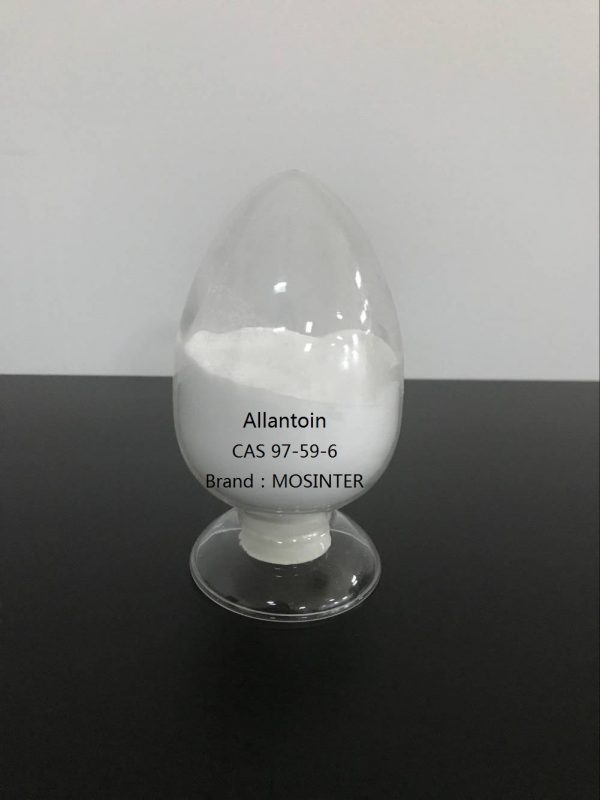
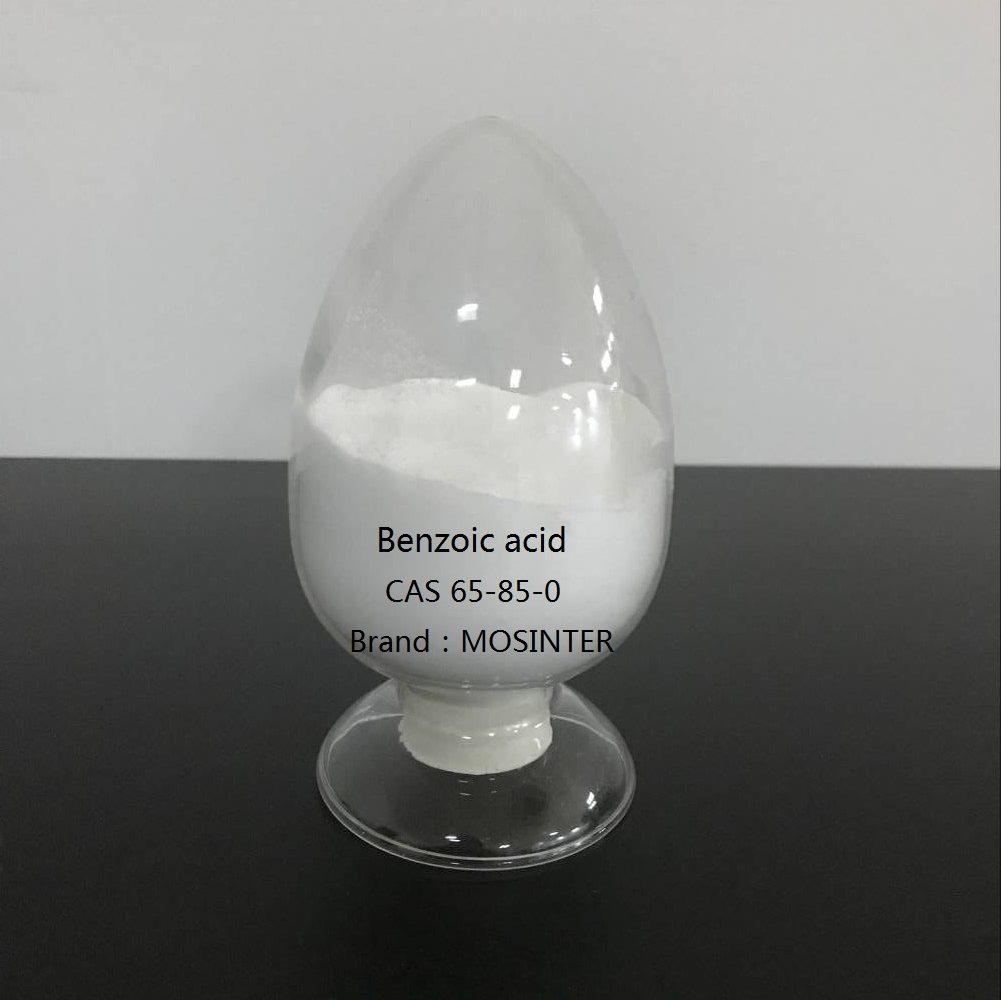
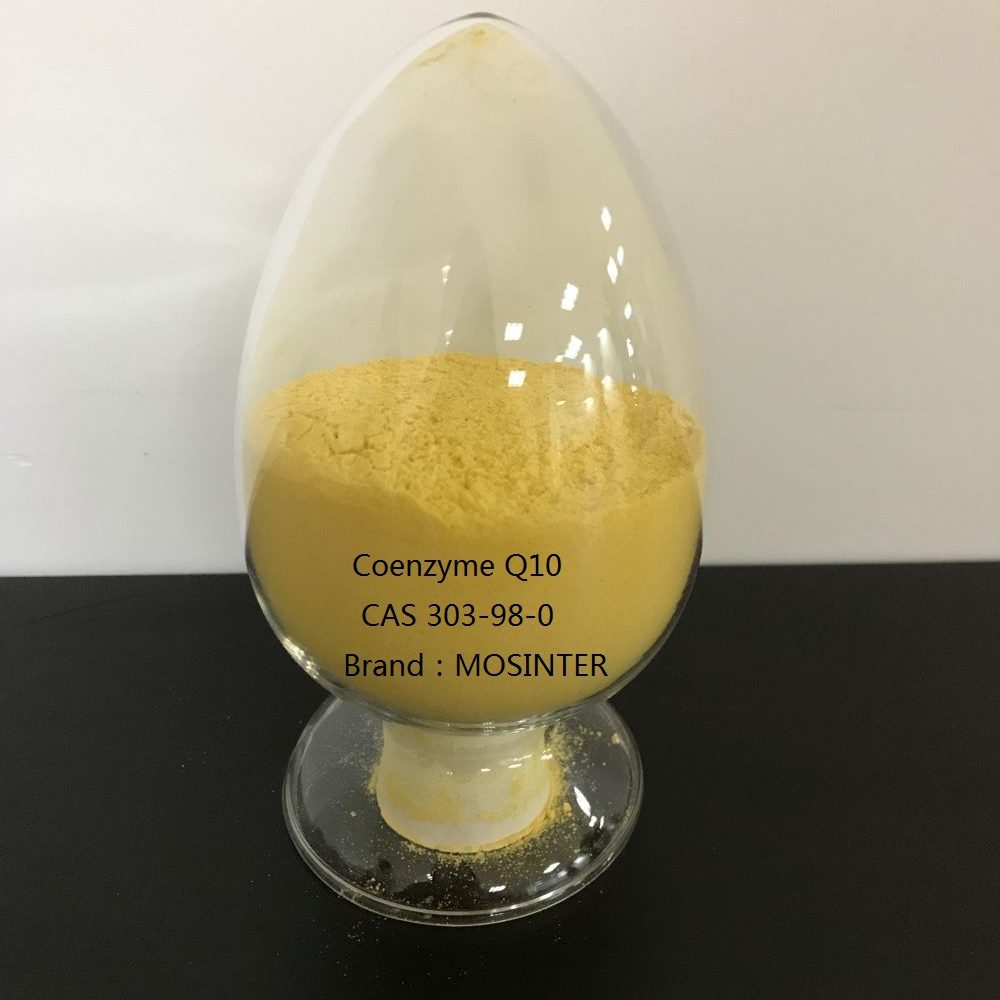
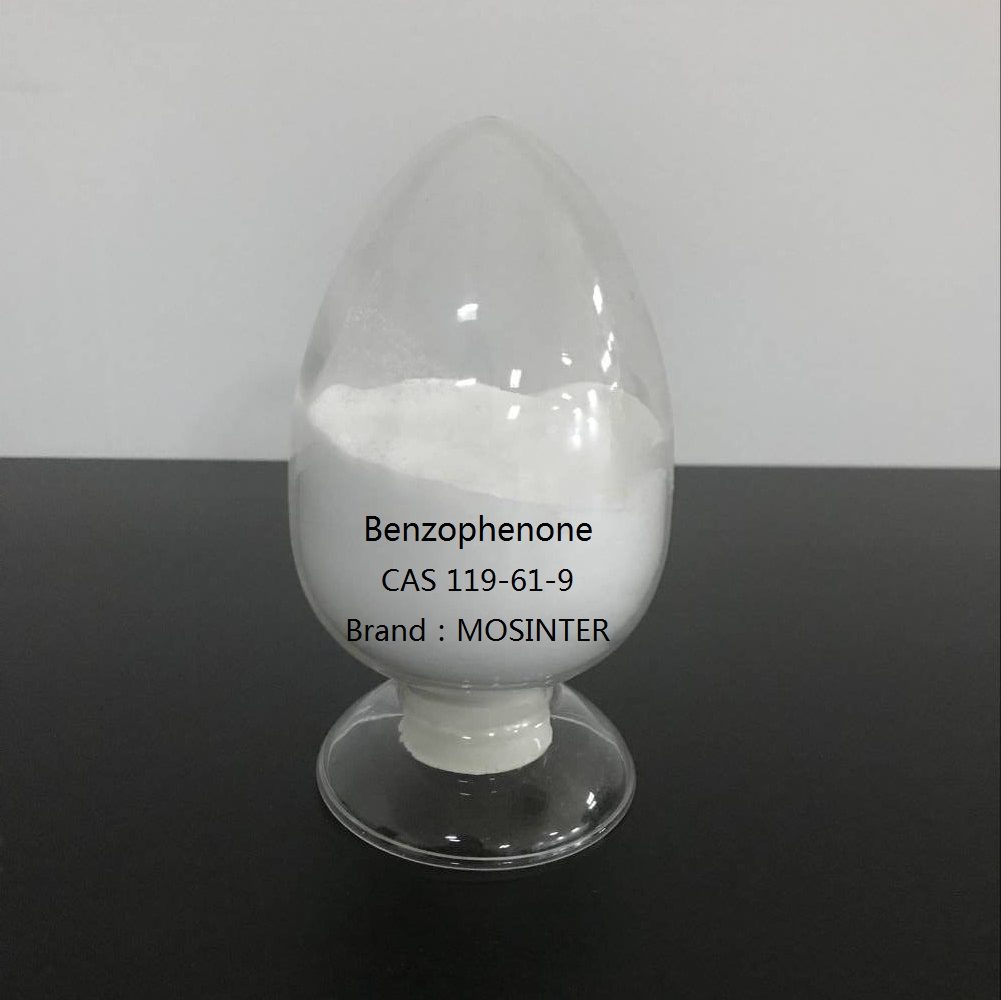
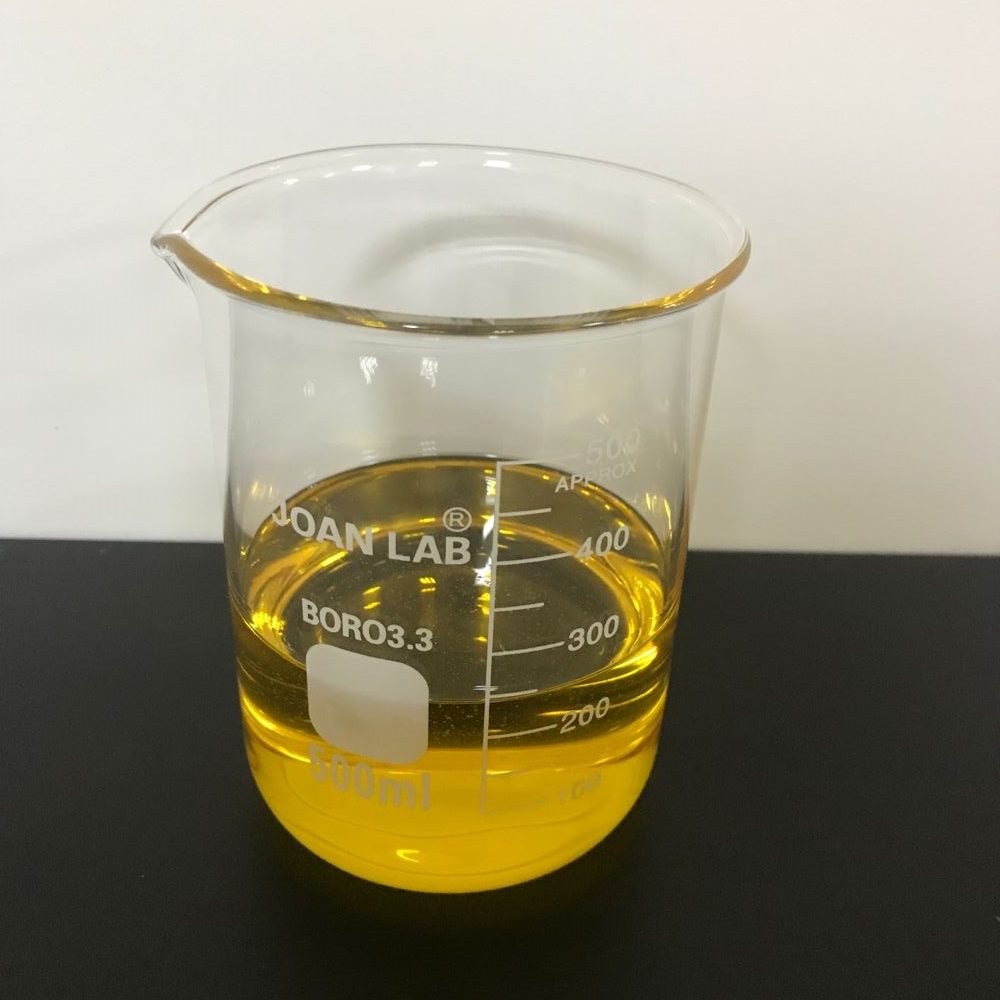
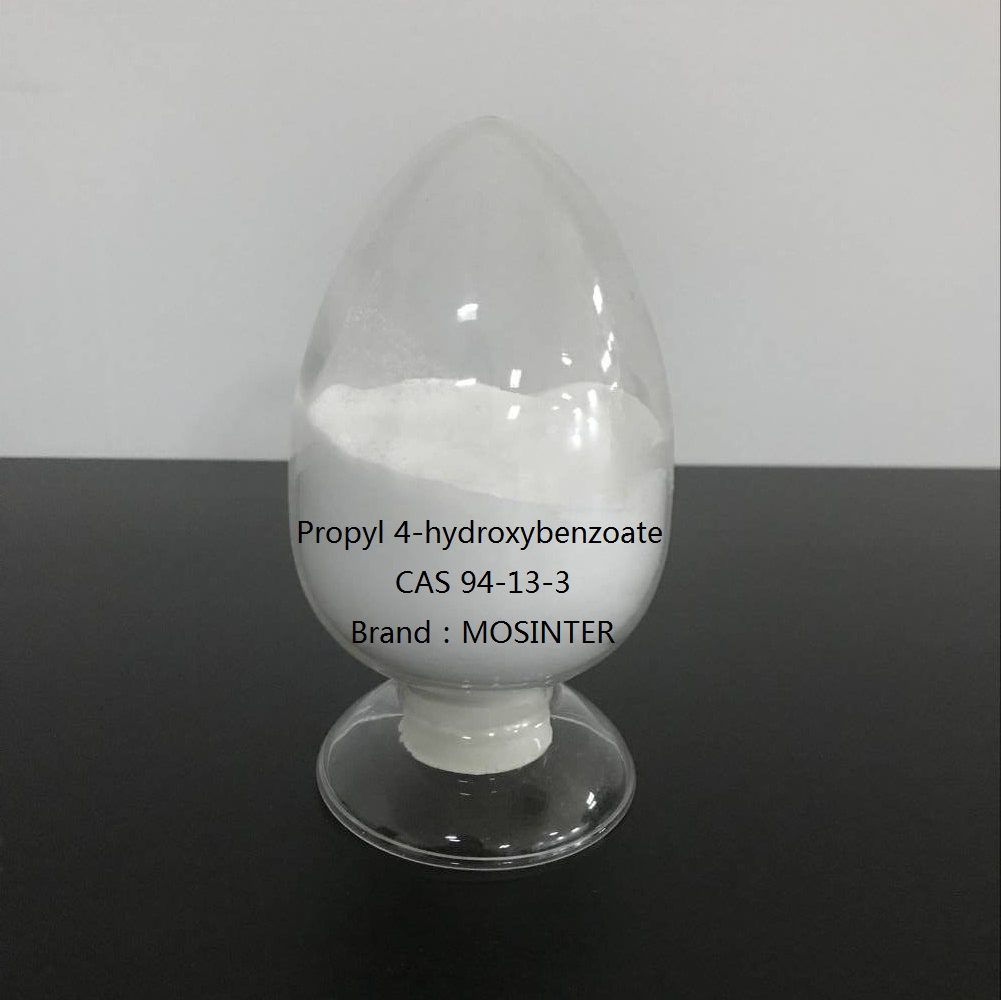
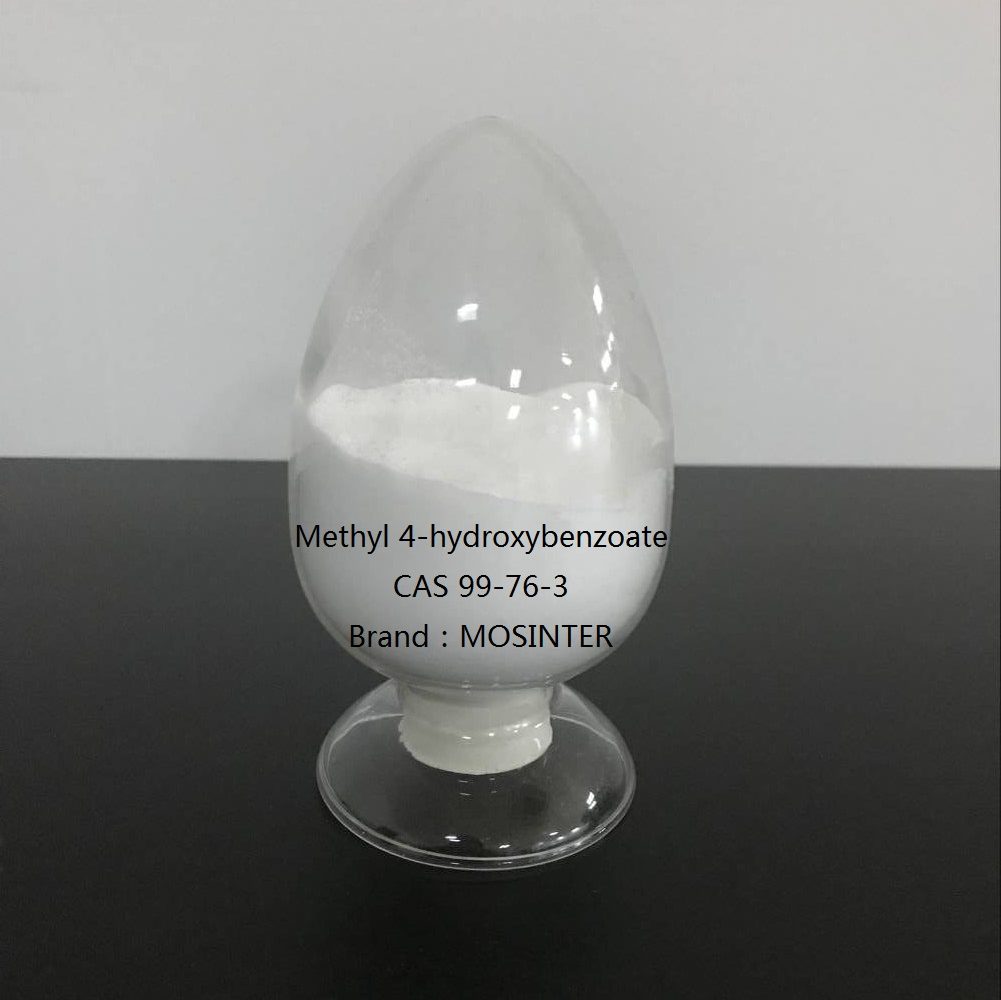
Reviews
There are no reviews yet.